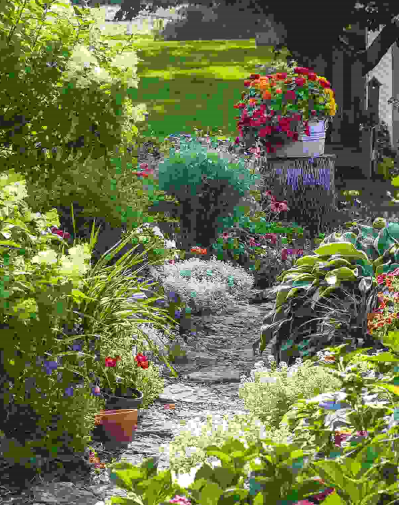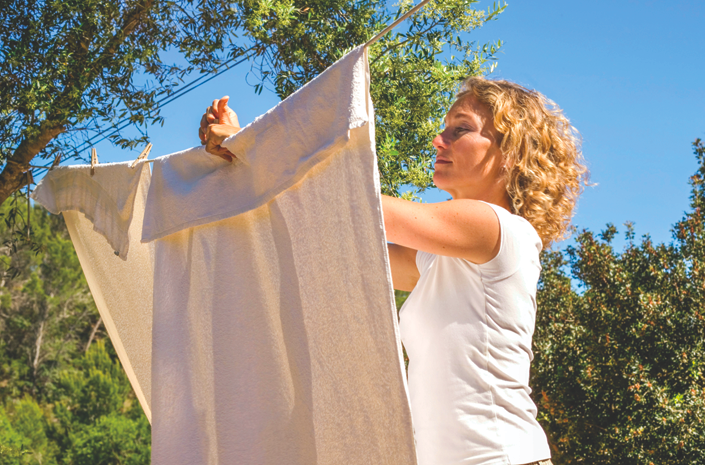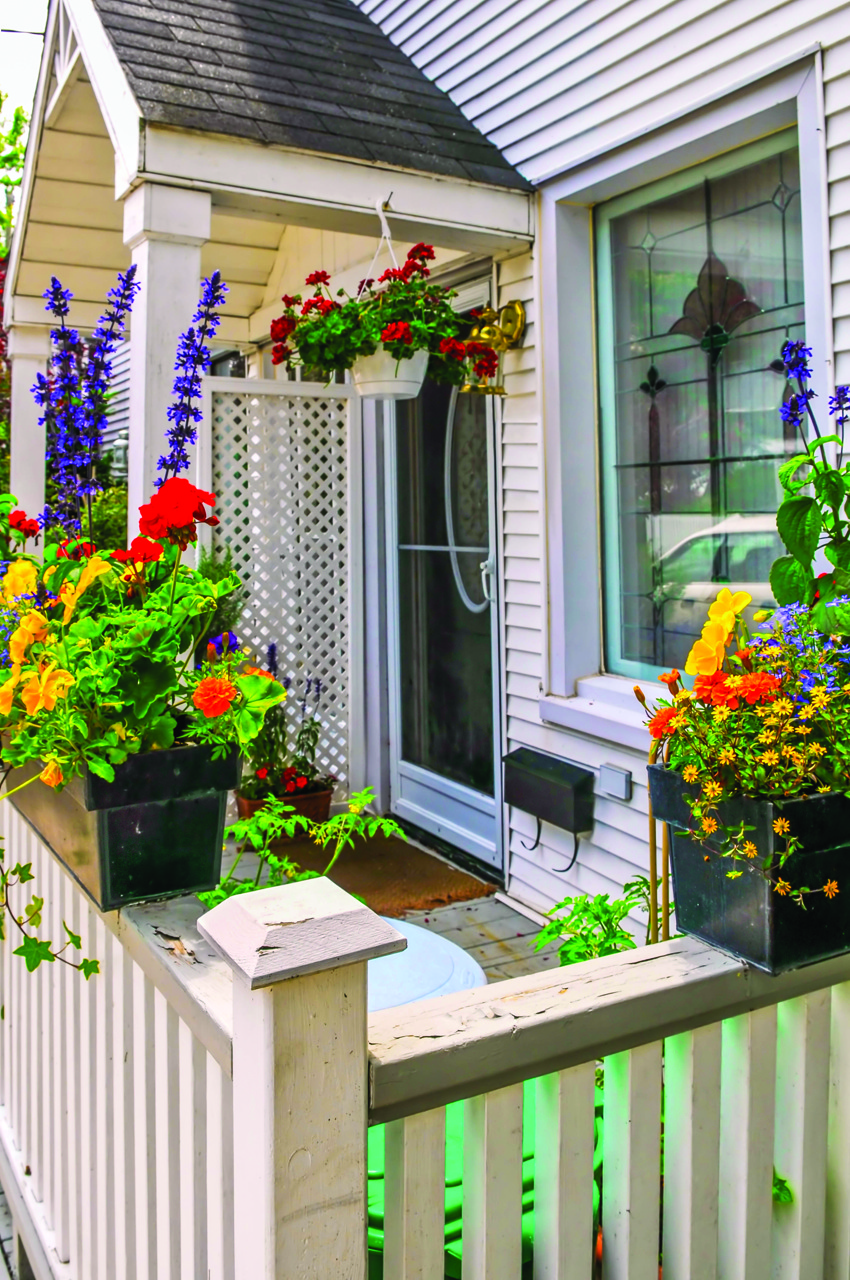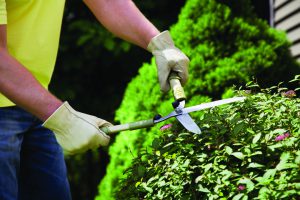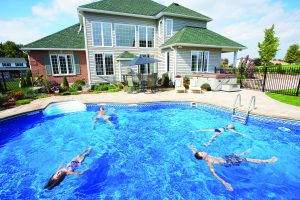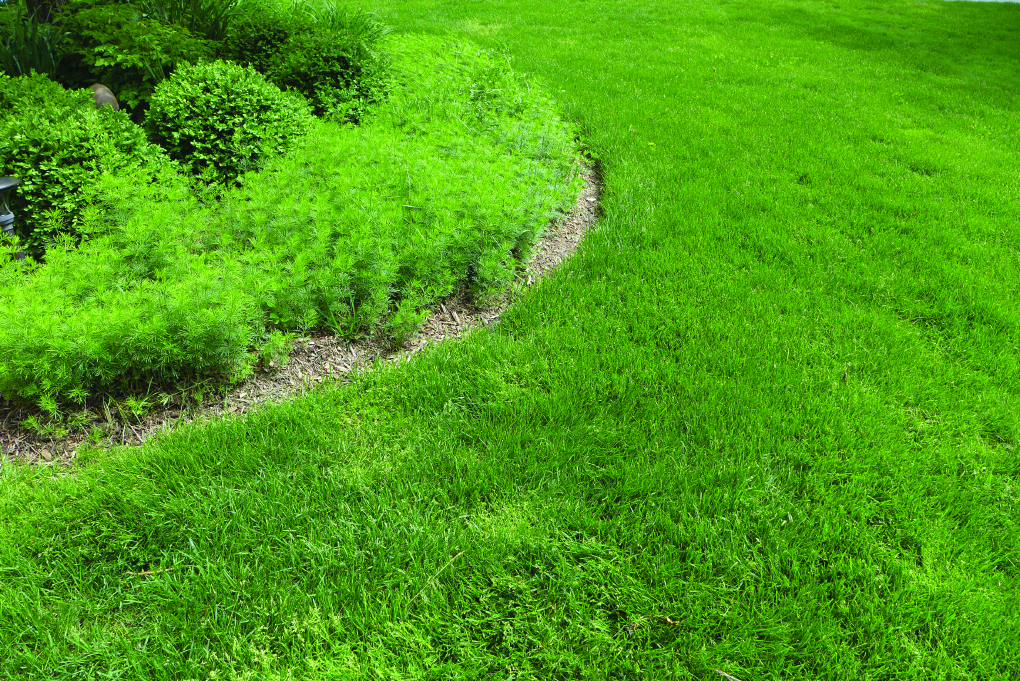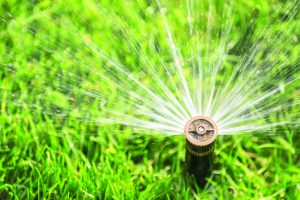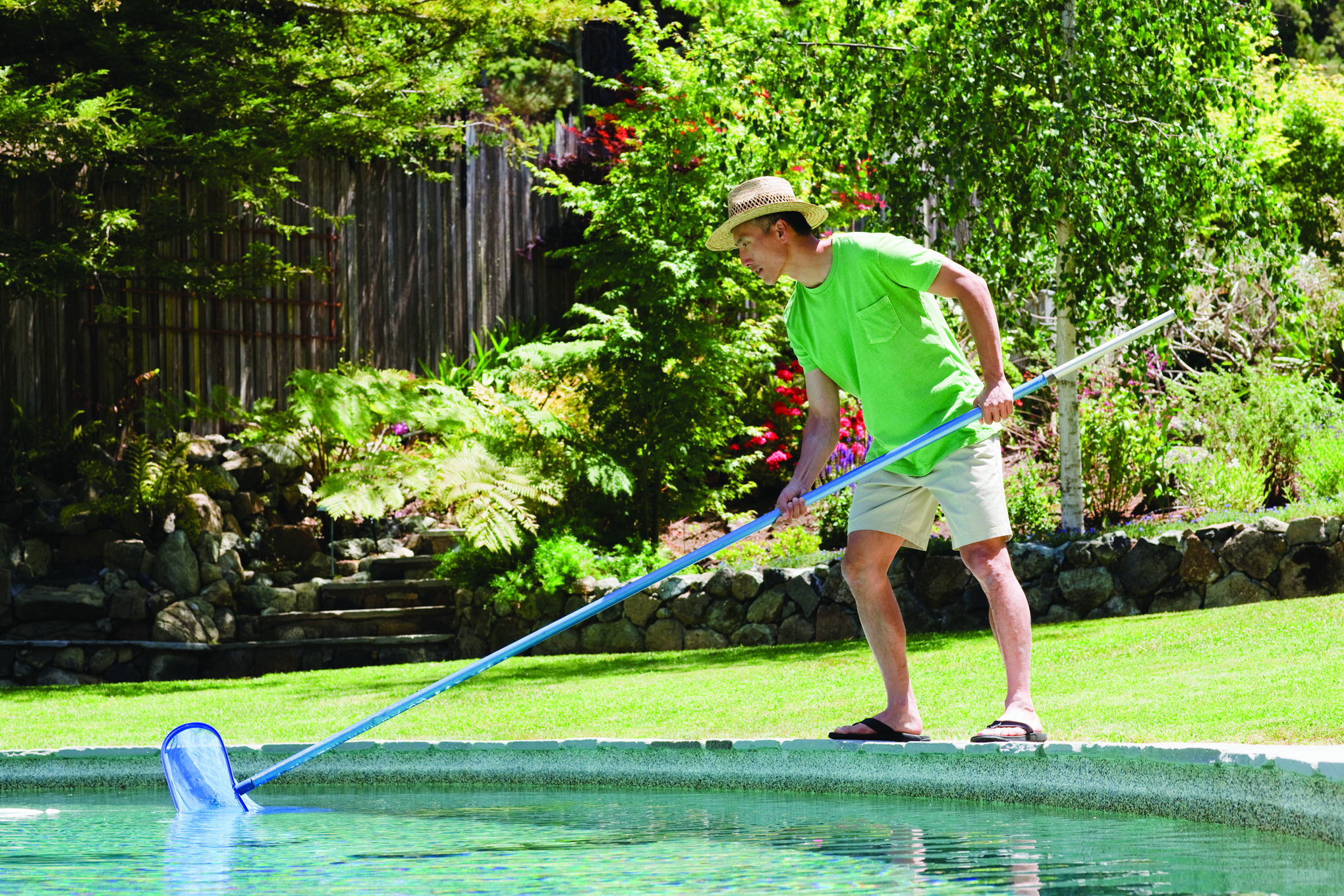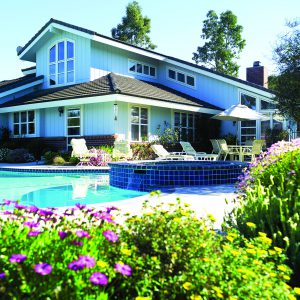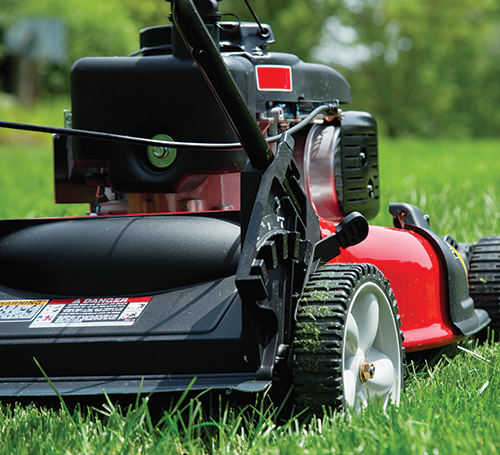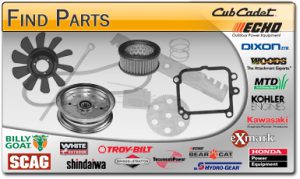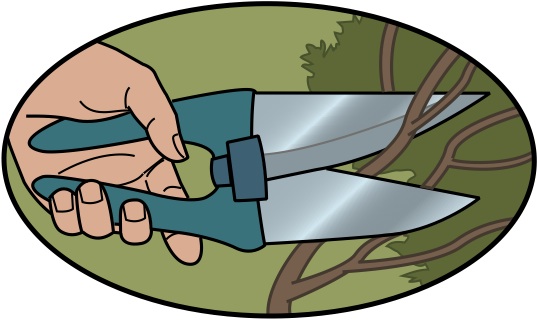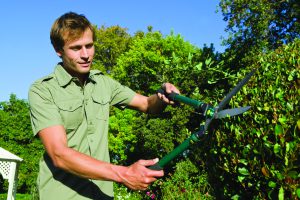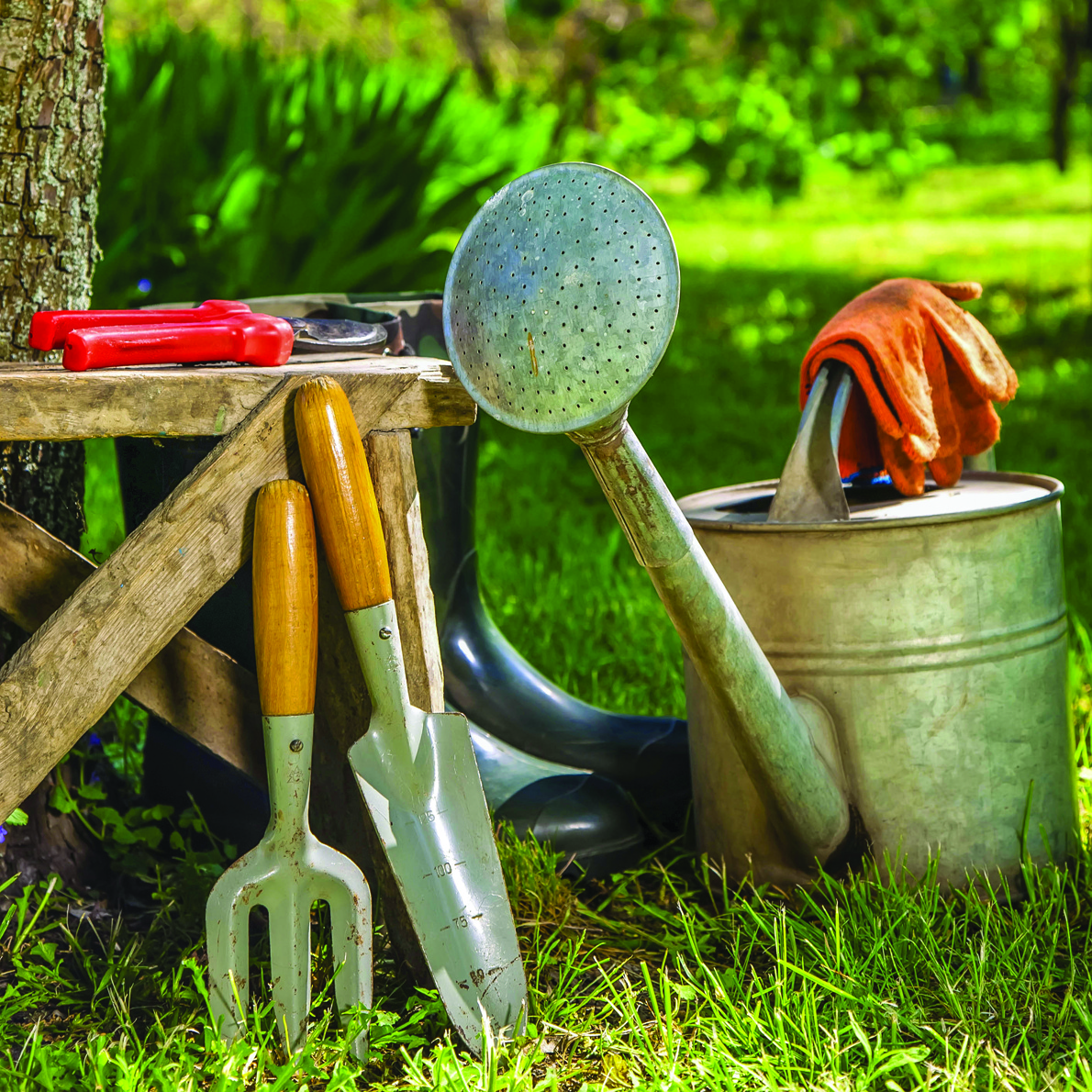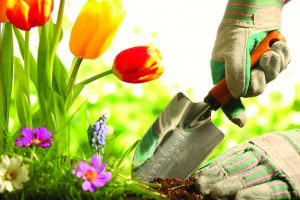Many people consider summer the most enjoyable time of year, as the summer sun and warm breezes make the season perfect for rest and relaxation. But the months of June, July and August, which are often characterized by rising temperatures and stifling humidity, can be tough to endure as well.
When summer heat becomes especially uncomfortable, humans can simply head indoors and beat the heat in air conditioned buildings and homes. Plant life is not so lucky, and homeowners may need to take steps to help the plant life on their properties survive the summer heat.
· Monitor soil moisture. Soil moisture, or a lack thereof, can help homeowners determine if their plants are struggling to survive the heat. To check soil moisture levels, use a ruler or even your finger, sticking either two inches into the ground where you suspect the soil is drying out. If the soil is damp two inches below the surface, then your plants are likely retaining enough moisture to withstand the heat. If the soil is dry two inches below, then you may want to give the soil a deep soak.
· Keep an eye on container gardens. Containers may have an especially difficult time staying moist in the summer heat. That’s particularly true for containers that sit in direct sunlight. Water container gardens daily during summer heat waves, being sure to adhere to any local water restrictions.
· Lay down mulch. Mulch helps insulate and protect soil during summer, when soil can quickly dry out. When applied correctly (ideally before summer temperatures get too hot), mulch helps the soil conserve moisture and prevents weed growth. Weeds can rob soil of the water it needs to promote strong root systems, which can help plants get the nutrients they need to withstand summer heat. Mulched soils also do not experience the fluctuations in temperature that non-mulched soils can experience during summer heat waves, helping plants to grow evenly.
· Move plants when possible. Plant location can affect their chances of surviving summer heat. Driveways lined with flowers or other plants may look nice, but driveways exposed to the sun can radiate heat at temperatures that exceed the temperatures noted on the thermometer. If possible, move plants to locations on your property that are less exposed to the heat and/or less likely to be affected by the heat. Move container plants beneath trees on hot days, and consider summer heat waves before planting new flower beds.
Summer heat can be especially harmful to plant life. But homeowners can employ various strategies to protect the plant life on their properties when temperatures rise during the dog days of summer.
TF167257

